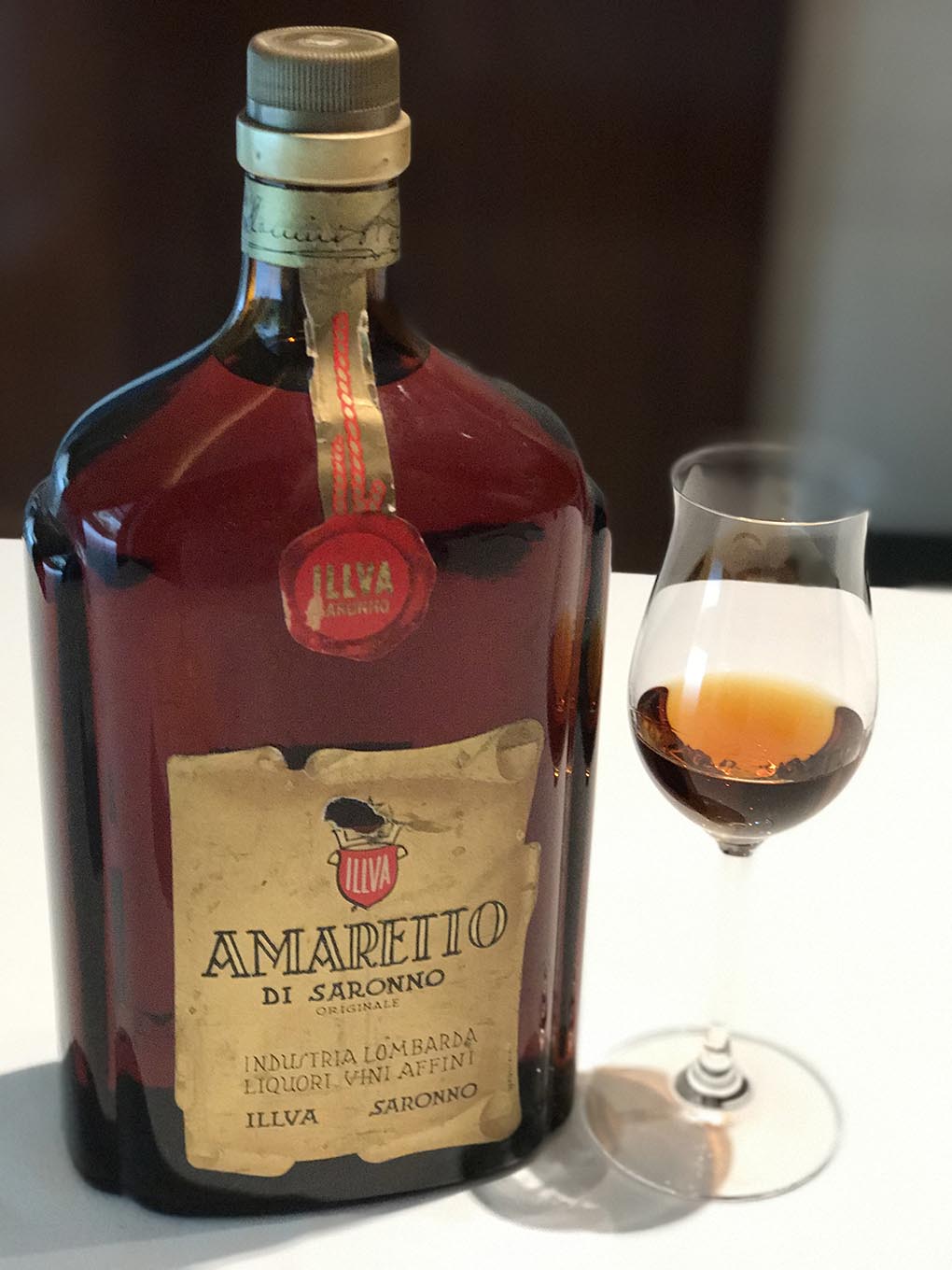Luxurious Food and The Ultimate Pairings at Michelin-Starred Restaurants in Japan:Quintessence
by Kyoko Nakayama
@ 02 Jan 2018
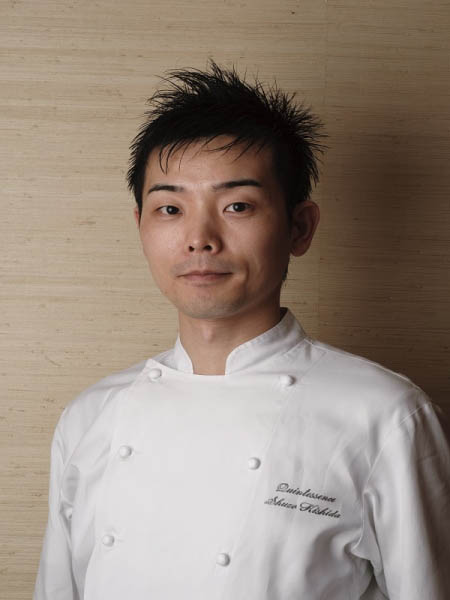 Chef Shuzo Kishida
Chef Shuzo Kishida
Quintessence is a French word meaning “The essence” originated by Latin. In ancient Greece, the people believed that the world was structured by 5 essentials elements: earth, air, fire, water and “Quintessence”. The fifth element was considered to have magical power. I was working with Chef Pascal Barbot of “L’Astrance”. The three essentials of Quintessence are produce, cooking technique, and seasoning. Regarding the cooking technique, I’m following Pascal’s style, low temperature and long time cooking method. That is the reason why I set only one degustation course for my restaurant. Quintessence has been receiving 3 Michelin stars for 10 consecutive years.
Goat milk bavarois
This is the first dish every diner will take and it’s a signature since the restaurant opened. In this dish, chef Kishida focus on seasoning, salt and olive oil. When he worked in France for the first time, he was surprised the quality of the salt and olive oil. To present this dish, he would like to showcase the high standard of his cuisine, even the simplest ingredients, such as salt and olive oil.
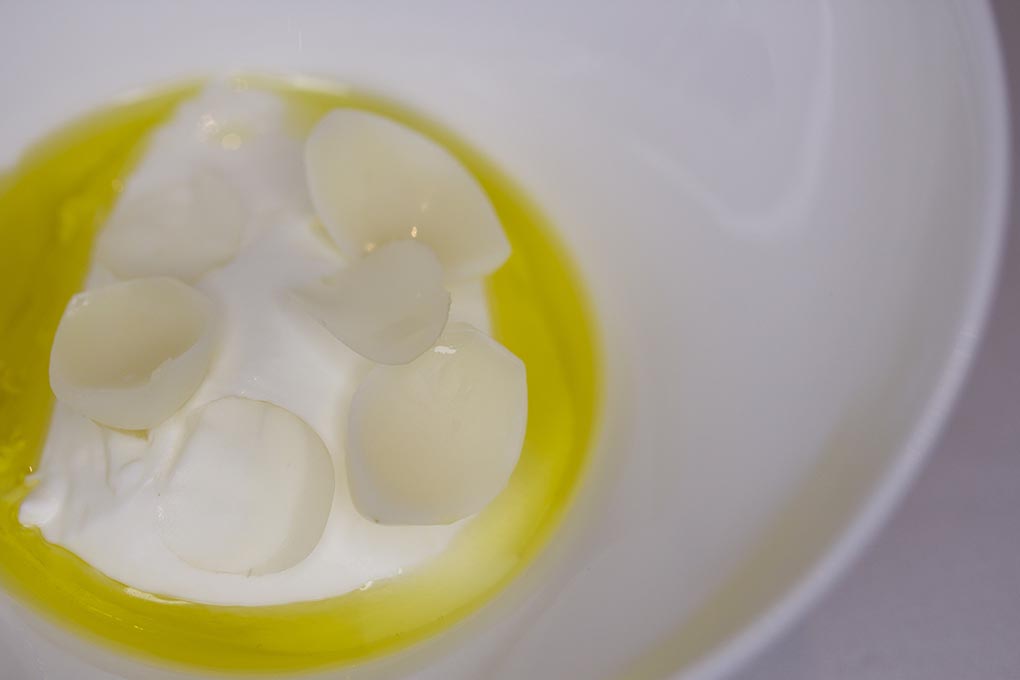 Pairing: Markus Huber, Gruner Veltliner Berg 2015
Pairing: Markus Huber, Gruner Veltliner Berg 2015
Creamy texture and gentle sweetness from Gruner, this grape doesn’t have much acidity, and enhance the pure taste of goat milk and green aroma from olive oil.
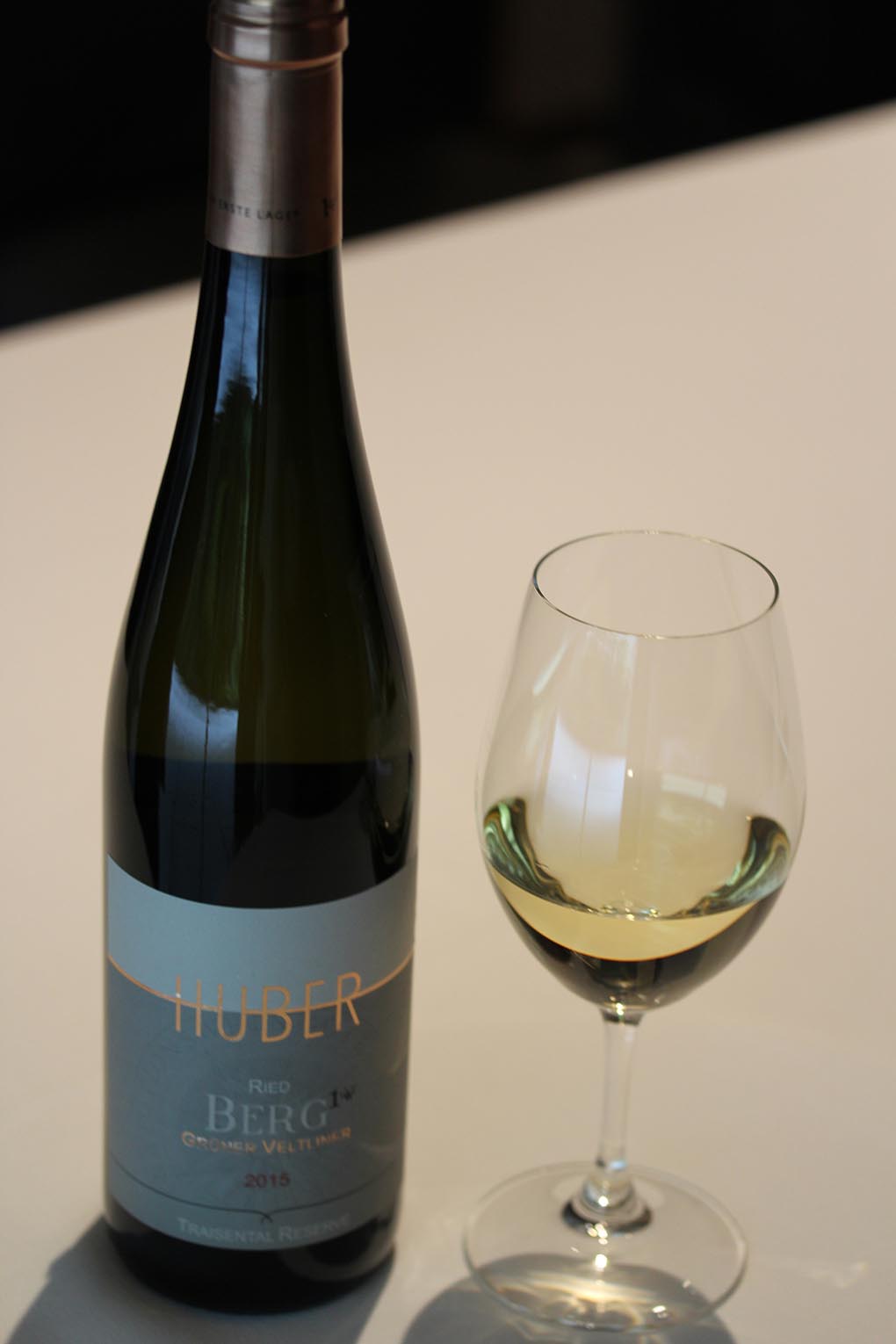 Crispy baked couscous
Crispy baked couscous
Couscous is widely eaten in France but mainly it was braised with vegetables and meats. To find the different aspect of couscous, he cooked it with clam and vegetable stock and molded it into square shape, then pan-fried with olive oil. So the taste wise, it has two dimensions. The surface is very crunchy, inside keeps the moisture same as traditional couscous. On top of the couscous cake, dried tomato and ezo bafun uni (sea urchin). He would like to give the moisture to the dish, but doesn’t want to make the surface soggy. So instead of sauce, he adds sea urchin which works like a capsule of moisture.
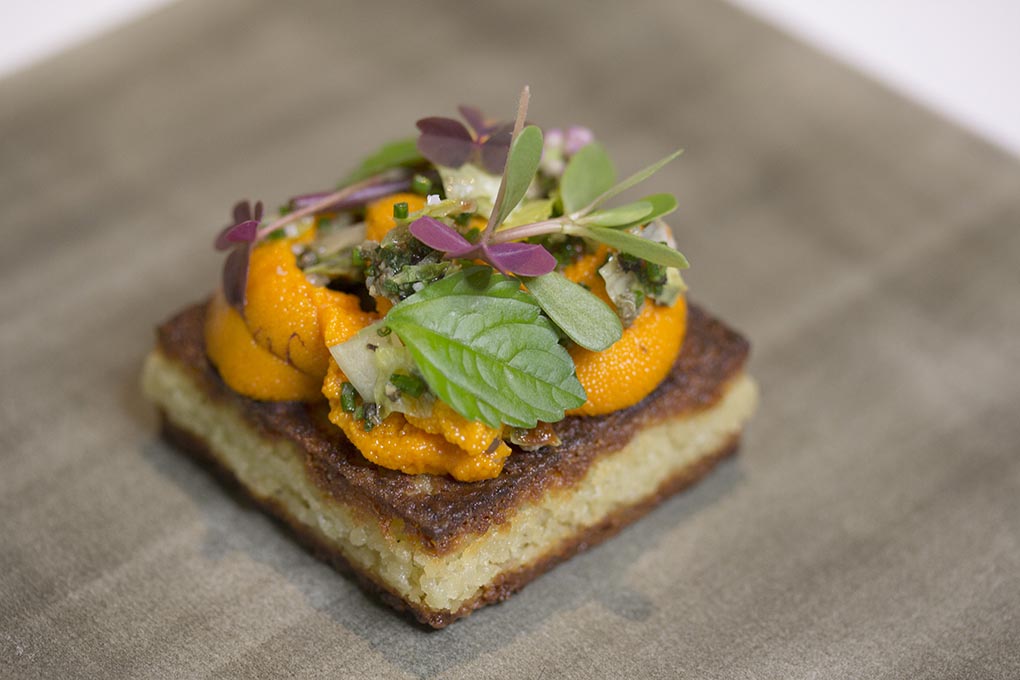 Pairing: Château Pape Clément 2008 Pessac-Léognan Blanc
Pairing: Château Pape Clément 2008 Pessac-Léognan Blanc
To pair with sea urchin, the most sensitive part is iron and aliphatic acid contents of wine. If the wine consist a lot of these, it combined with DHA and EPA, then generates bad odor.Aliphatic acid decreases after the aging, so better to pair with aged wine.
It’s 2008 millésimé so the aliphatic acid is consumed. Aged wine has creamy texture, symphonize with the texture of sea urchin.
This is mainly made with semillom, and aged in French oak barrel. The caramelized aroma from the new barrel goes with the burnt aroma from the surface. So the pairing is done with the texture and caramelized aroma.
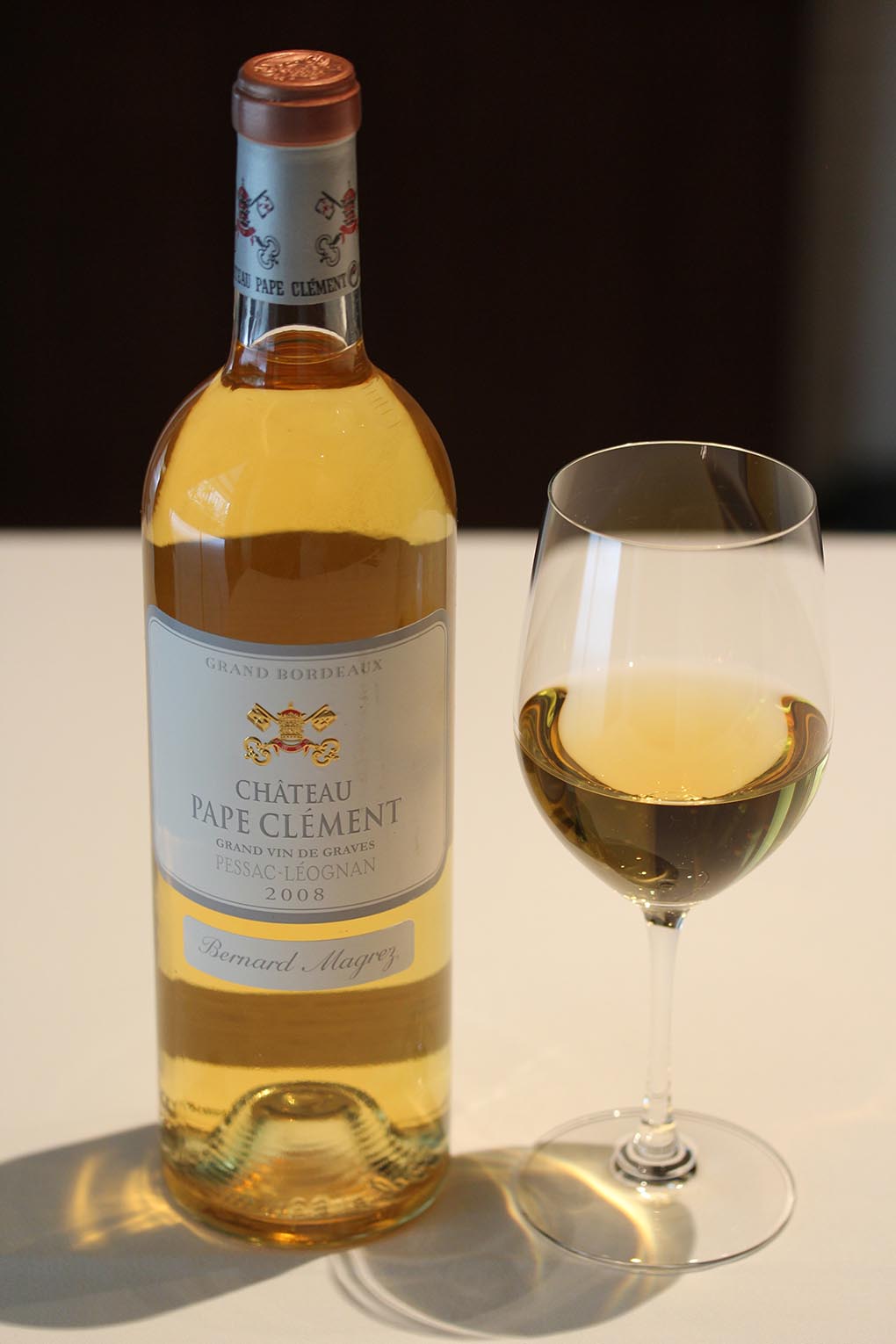 Zucchini gratiner and Homard Bleu
Zucchini gratiner and Homard Bleu
Thick homarus meat was de-shelled from live homard for the freshest flavor. To bring out the sweetness, it was pan-fried for 5 seconds.
Under the zucchini, he put a thin crust made with whole grain flour, and pan-fried. Then topped with “gratiner“ topping, made with comté cheese, butter, breadcrumb and “amande amere”, bitter almond essence, and slightly burnt with the salamander. Since the zucchini is gently cooked with indirect heat, inside keeps the freshness and moisture. Chef Kishida thinks the best way to appreciate the flavor of zucchini is just lightly cooked, otherwise the moisture inside will come out and it’ll be very pulpy. Even using homard, he’s thinking that the main character of this dish is zucchini. He showcased déclinaison of zucchini, the skin is thinly sliced with Japanese traditional cutting technique, “Katsura muki”, but different from traditional way, he cut with angling, which is even more difficult, to have the beautiful combinations of the skin and meat. It was marinated with salt and has pleasant crunchy raw texture.
 Pairing: Domaine Georges Vernay 2013 Condrieu
Pairing: Domaine Georges Vernay 2013 Condrieu
This dish is all about the freshness, so the wine doesn’t need to have aged aroma.
This Condrieu made with 100% Viognier, has the brilliant aroma of apricot, darjiring tea, and ginger.
Among the many types of crustacean, homard has rich flavor and its meat is very thick. So the wine needs to have high alcohol content and roundness. This Condrieu is Rich in volume, the acidity is soft but have slightly bitter aftertaste.
 Meringue ice cream
Meringue ice cream
This is also his signature, when he worked in Paris, he often saw many confectionery shops were selling meringue. He reinterprets this traditional well-loved confectionery in modern way. He baked meringue then broke it into fine powder, then made ice cream. Same as salted caramel, he sprays seawater from Noto, Ishikawa to make gradation of the saltiness. “Salt has bitter aftertatste, but I’d like to make the aftertaste clean. The saltiness is only in the surface, so even the diners enjoy the contrast of salt and sugar, this method brings sweet ending”.
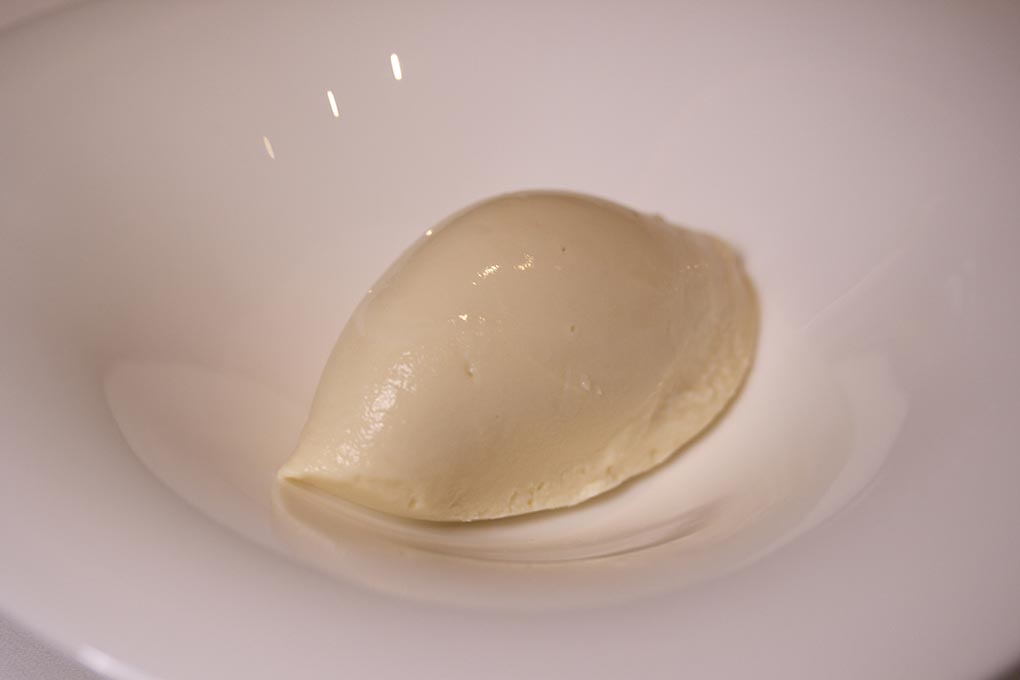 Pairing: Amaretto Di Saronno, 1960s
Pairing: Amaretto Di Saronno, 1960s
“This dish is very simple, so it goes with everything, especially liquor. Especially the old vintage one is rich in natural apricot aroma, and also the roundness from the aging.”
